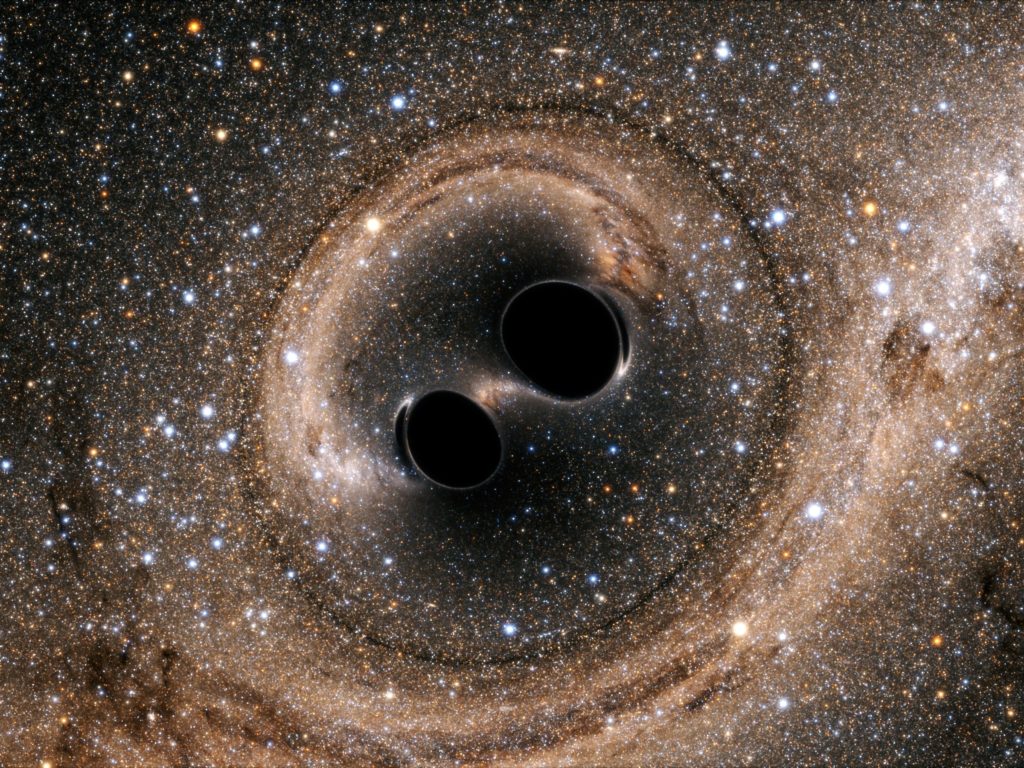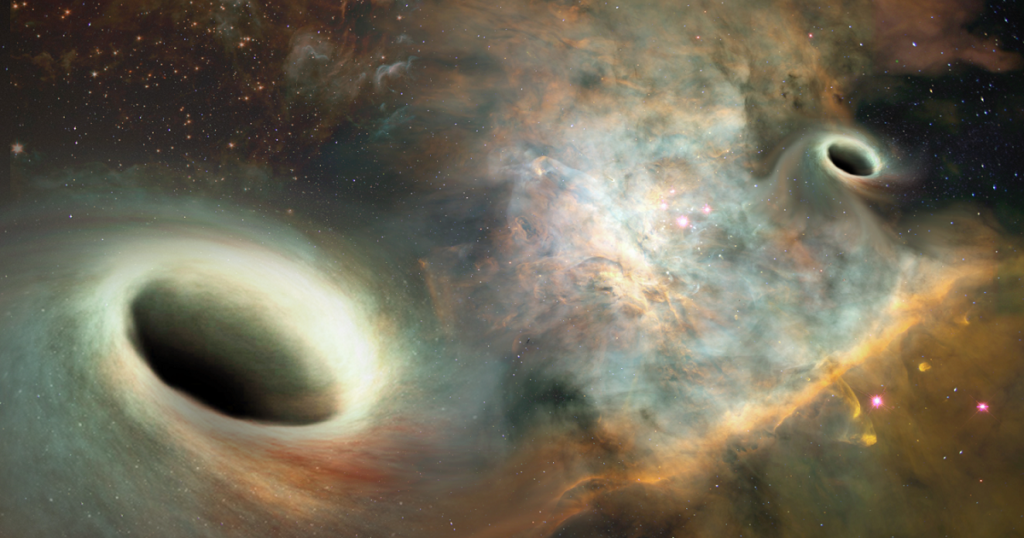
Astronomers Spot Extremely Elusive Supermassive Black Hole Pairs
Black holes have become one of the major subjects to be interpreted, especially with the advent of gravitational waves, things turned out to be super special. Recently, a group of astronomers has identified five pairs of supermassive black holes, each containing millions of times the mass of the Sun, in the centers of galaxies altogether.

It is assumed that the findings could help astronomers better understand how giant black holes grow and how they may produce the strongest gravitational wave signals in the universe. These black hole couples formed when two galaxies collided and merged with each other, forcing their supermassive black holes to comes closer to its neighbors.
The black hole pairs were uncovered by combining data from a suite of different observatories including NASA’s Chandra X-ray Observatory, the Wide-Field Infrared Sky Explorer Survey (WISE), and the ground-based Large Binocular Telescope in Arizona.

Shobita Satyapal, from George Mason University in Fairfax, Virginia, who led one of two papers describing these results has said, “Astronomers find single supermassive black holes all over the universe. But even though we’ve predicted they grow rapidly when they are interacting, growing dual supermassive black holes have been difficult to find.”
According to the source, the four of the dual black hole candidates were reported in a paper led by Satyapal that was published online in The Astrophysical Journal, while, the other dual black hole candidate was reported in a paper led by Sara Ellison of the University of Victoria in Canada which was published in the journal Monthly Notices of the Royal Astronomical Society.

Earlier to this, merely fewer than ten confirmed pairs of growing black holes were known from X-ray studies, based mostly on chance detections. To carry out a systematic search, the team had to carefully sift through data from telescopes that detect different wavelengths of light. This work has implications for the burgeoning field of gravitational wave astrophysics which currently is most anticipated study.
Scientists detected the signals of merging black holes using the Laser Interferometer Gravitational-Wave Observatory (LIGO), these black holes were of the smaller variety weighing between about eight and 36 times the mass of the Sun.
On the other hand, the merging black holes in the centers of galaxies are much larger. When these supermassive black holes draw even closer together, they should start producing gravitational waves. The eventual merger of the dual supermassive black holes in hundreds of millions of years would forge an even bigger black hole. This process would produce an astonishing amount of energy when some of the mass is converted into gravitational waves post the phenomenon.

Talking about the same, Satyapal, the lead author said, “It is important to understand how common supermassive black hole pairs are, to help in predicting the signals for gravitational wave observatories.”
“With experiments already in place and future ones coming online, this is an exciting time to be researching merging black holes. We are in the early stages of a new era in exploring the universe,” she concluded.